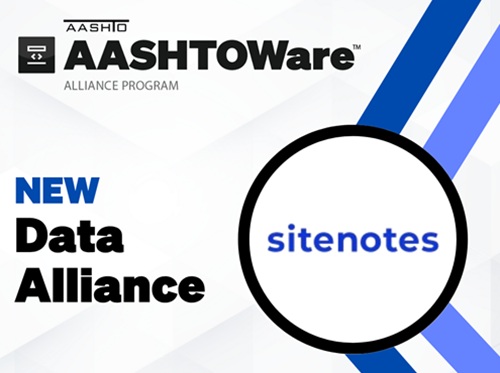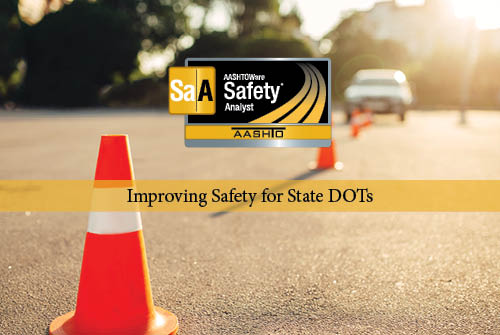Can better data management help improve highway safety? The Kansas Department of Transportation is answering that question via a pilot program using AASHTOWare Safety Analyst to better integrate motor vehicle crash information with roadway location and design features.
Originally developed as a cooperative effort between the Federal Highway Administration and participating state and local agencies, AASHTOWare Safety Analyst assists states with implementing the most reliable procedures in Part B of the Highway Safety Manual; a national resource for quantitative information about crash analysis and evaluation.

According to Carla Anderson, State Traffic Engineer for the Kansas DOT, the agency is using AASHTOWare Safety Analyst to identify roadway segments with the highest potential for safety improvements – a process known as “network screening.”
AASHTOWare Safety Analyst helps her agency prioritize transportation project funding by illustrating the “quantifiable” safety benefits of particular roadway designs – using the software’s analysis of vehicle crash data to indicate which projects offer the greatest potential for high rates of crash reduction and improved safety performance, she said.
More importantly, through a new pilot project, Anderson said the Kansas DOT is using the capabilities in AASHTOWare Safety Analyst to help both cities and the state when applying for federal safety funds by more accurately illustrating the potential safety benefits of various transportation projects.
“The software provides analysis in chart and table format, and these formats are then used to share the safety performance results with the general public,” Anderson noted.
Additional information on AASHTOWare Safety Analyst and other software solutions offered by the American Association of State Highway and Transportation Officials can be found at https://www.aashtoware.org/.
 AASHTO
AASHTO
AASHTOWare Activates Data Alliance with Sitenotes
July 11, 2025 AASHTO
AASHTO

